Andy Haas
Test Equipment
Altera
Haasoscope
Cheap, flexible, data acquisition for all!
Funding ended on Dec 14, 2017 at 03:59 PM PST.
Andy Haas
Test Equipment
Altera
Funding ended on Dec 14, 2017 at 03:59 PM PST.
Haasoscope is the first open source, open hardware, flexible, small, cheap, oscilloscope and data-acquisition board. You can use the stock firmware for basic oscilloscope functionality, or modify the firmware to customize what the Haasoscope does. You can add a fancy trigger algorithm, use the FPGA to process the input data, make use of other analog or digital I/O channels, or whatever! Oh, and just connect two or more Haasoscopes together if you need more input channels!
Haasoscope is also far more powerful than a normal oscilloscope. Imagine trying to build a ping-pong playing robot, a levitating magnetic platform, or a self-navigating drone - you’d need to read in high-speed data from various sensors, analog and digital, process all that data quickly, and respond in real-time. No problem - Haasoscope can handle that, even while running on batteries.
If you’re a hobbyist on a budget, there’s no need to buy a $500 scope to debug circuits anymore, even high-speed ones. Haasoscope has all the features you need, plus it’s expandable and customizable, can be powered from USB, and fits in your pocket - all at a fraction of the cost of a full size ‘scope.
Haasoscope is also a great platform for students. They can see high-speed circuits in action, learn FPGA programming, data transmission protocols, etc. - at a price affordable for the classroom. They’re perfect for a lab class in EE, CS, or physics.
You can even use Haasoscope for professional work - scientific research, industrial applications, communications, security, entertainment, finance, … anytime you need to tackle high-speed data on a project. Haasoscope’s flexibility and expandability lets you build a system that meets your needs, whether it’s four channels and solar-powered in a remote desert, or 400 channels monitoring electronic noise levels in a cell-phone tower.
| Channels | Sample rate (MHz) | Bandwidth (MHz) | Recording depth | PC user interface and display | Open source firmware, software, hardware | Expandable to more channels | Price | |
|---|---|---|---|---|---|---|---|---|
| Haasoscope | 4 | 125 - 250 | 60 | 32k | Yes | Yes! Yes! Yes! | Yes! | $99 |
| Rigol DS1104Z | 4 | 1000 | 100 | 12M | No | No No No | No | $619 |
| PicoScope 2205A | 2 | 200 | 25 | 16k | Yes | No No No | No | $199 |
| Owon VDS1022I | 2 | 100 | 25 | 5k | Yes | No No No | No | $105 |
| OpenScope | 2 | 6.25 | 2 | ~100k | Yes | Yes Yes Yes | No | $79 |
| SmartScope | 2 | 100 | 45 | 2k | Yes | Yes Yes No | No | $179 |
Protoypes
Haasoscope has been through several prototypes and various rounds of testing/tweaking. There are a few different prototypes seen here on the page. More information on prototypes can be found in the updates section.
Software screenshots
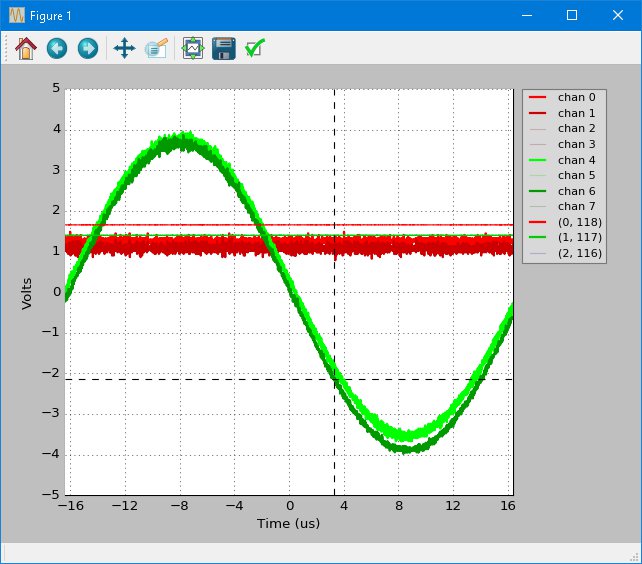
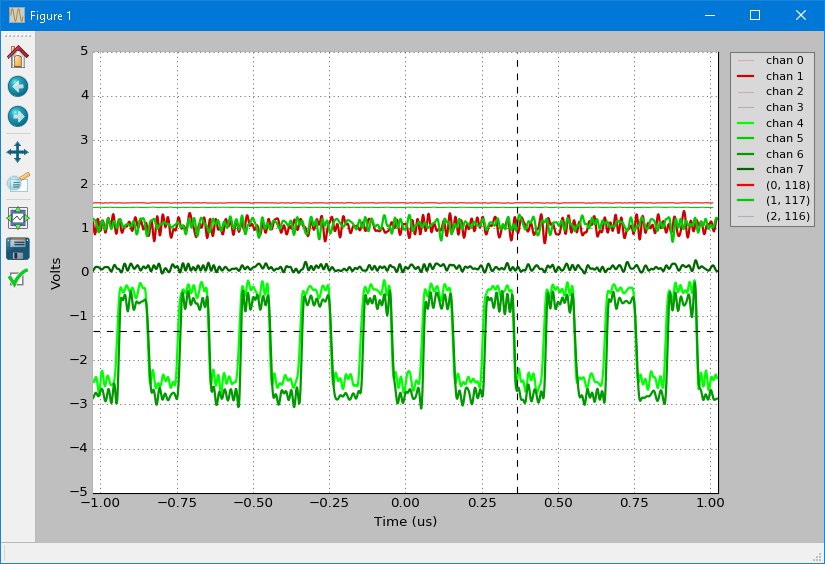

Boards will be produced and assembled by MacroFab in Houston, TX. A few parts will then be soldered on by hand.
Everything will be shipping from Crowd Supply’s warehouse in Portland, Oregon. To learn more about placing your order and shipping, please review this guide.
It’s possible that some bug could be found in the board design, or they are found to be unreliable. This would require an additional board design fix and prototype round. But prototypes have already been tested that work well and have operated nicely for weeks.
Produced by Andy Haas in New York, NY.
Sold and shipped by Crowd Supply.
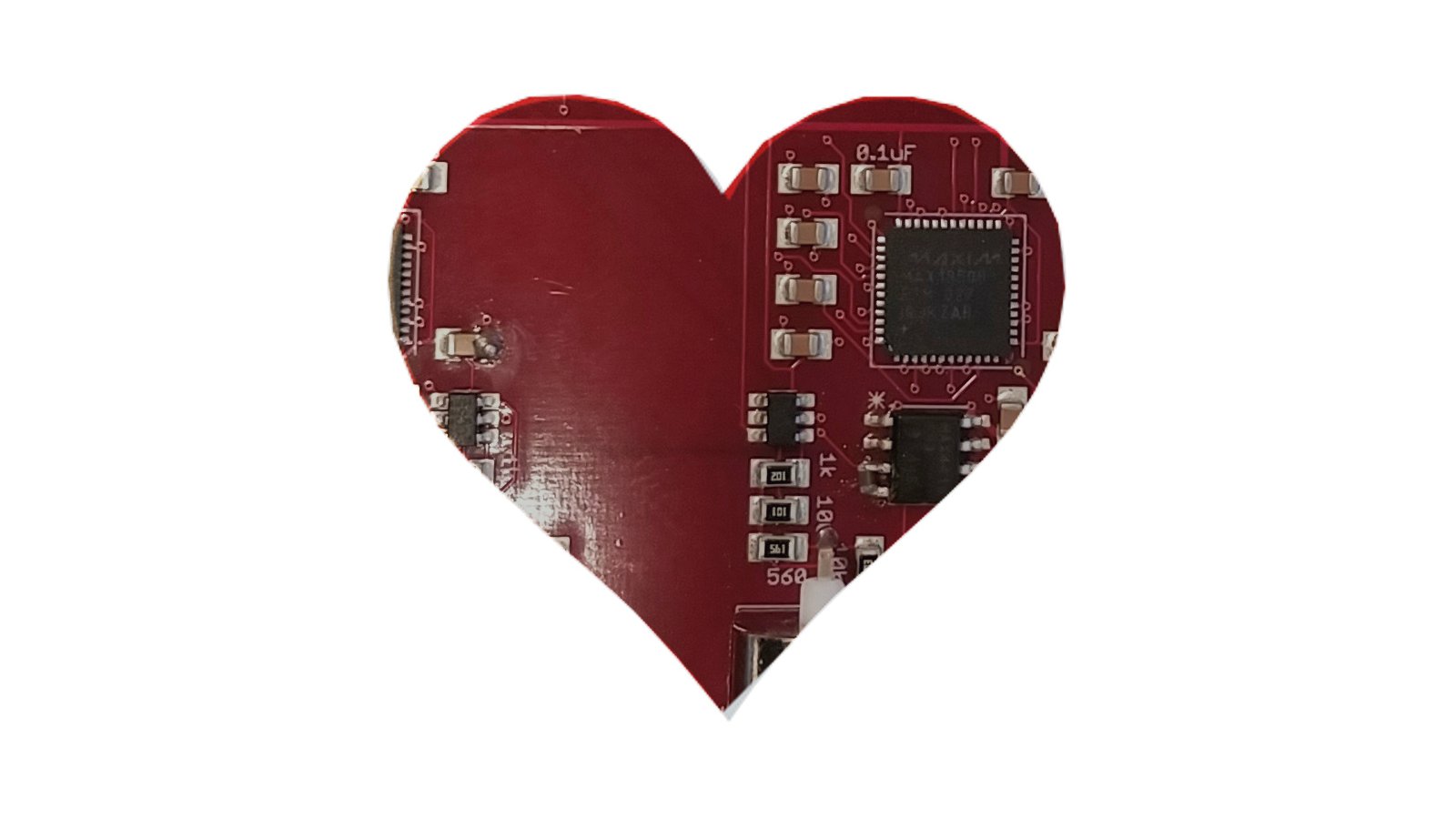
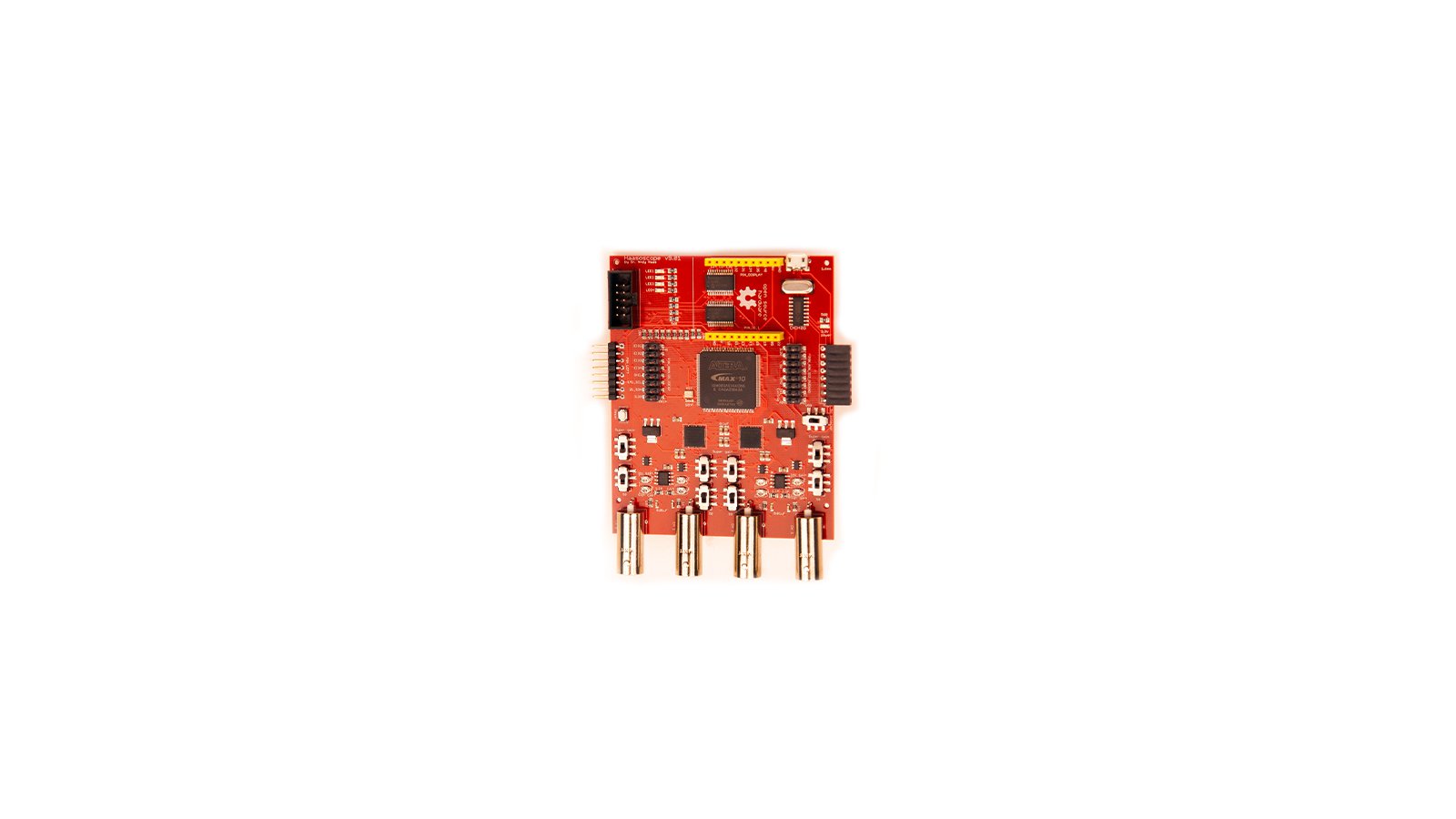
A fully assembled Haasoscope, preloaded with firmware and ready for data-taking!
Want to buy this item? Check the current project page for the latest information.
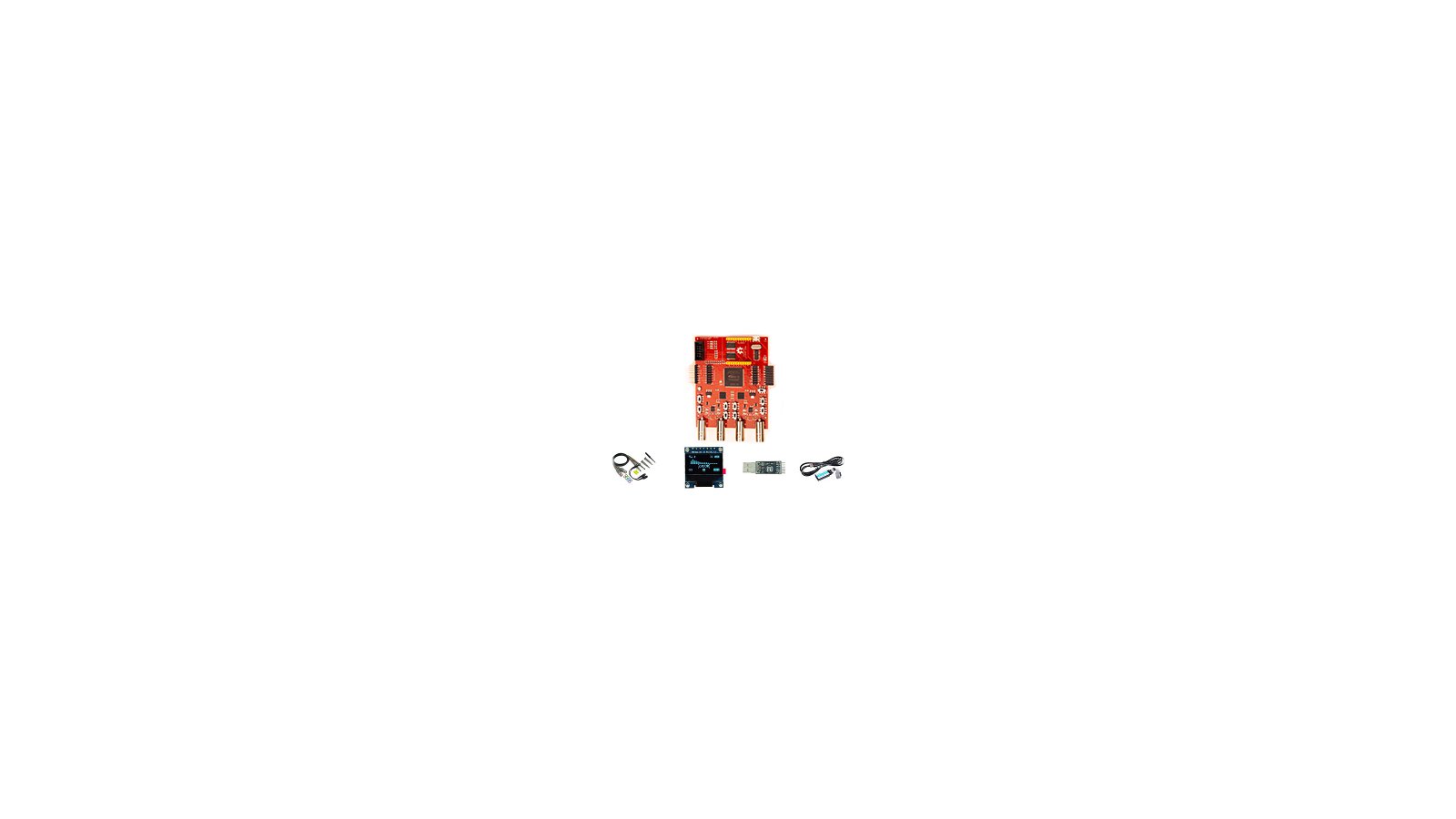
Receive 1 Haasoscope + 2 probes + USB-serial adapter + USB blaster + screen
Want to buy this item? Check the current project page for the latest information.
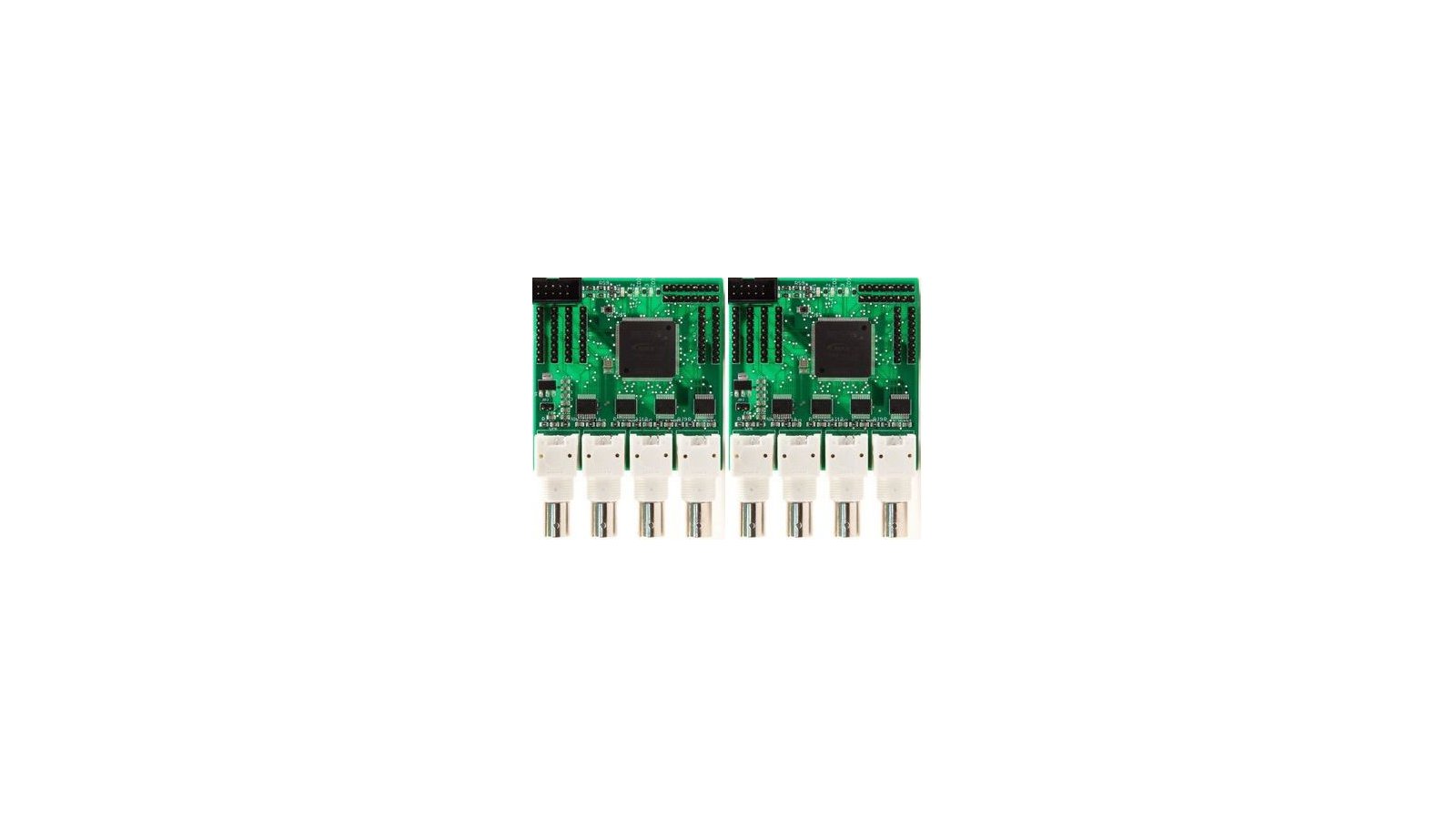
Two fully assembled Haasoscopes, preloaded with firmware and ready for data-taking! Again you may want a serial adapter and/or USB-blaster, but you just need one of each for both of them. The 2-pack will retail for $229 after the end of the campaign.
Want to buy this item? Check the current project page for the latest information.
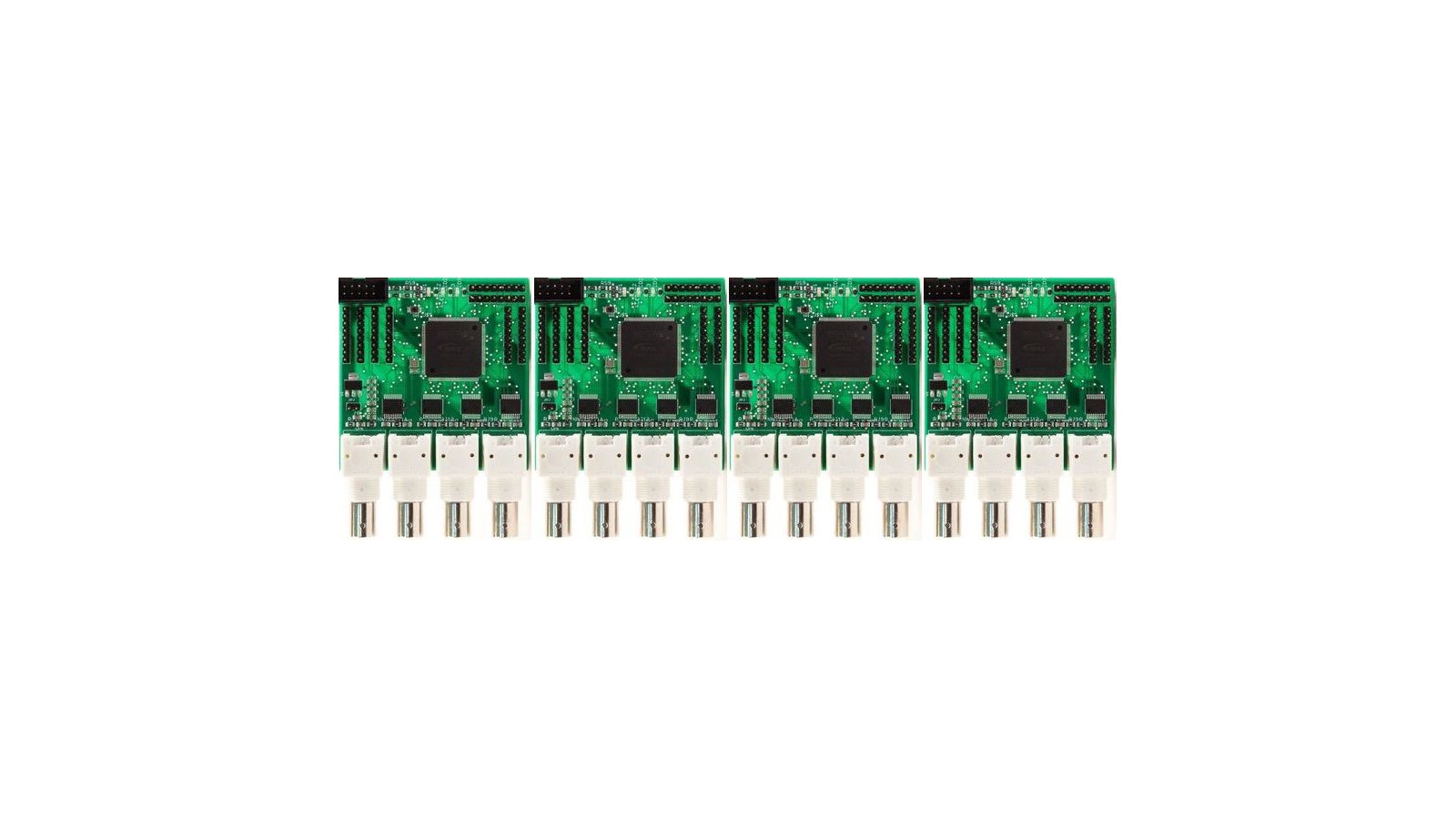
Four fully assembled Haasoscopes, preloaded with firmware and ready for data-taking! Again you may want a serial adapter and/or USB-blaster, but you just need one of each for all four of them. The 4-pack will retail for $429 after the end of the campaign.
Want to buy this item? Check the current project page for the latest information.
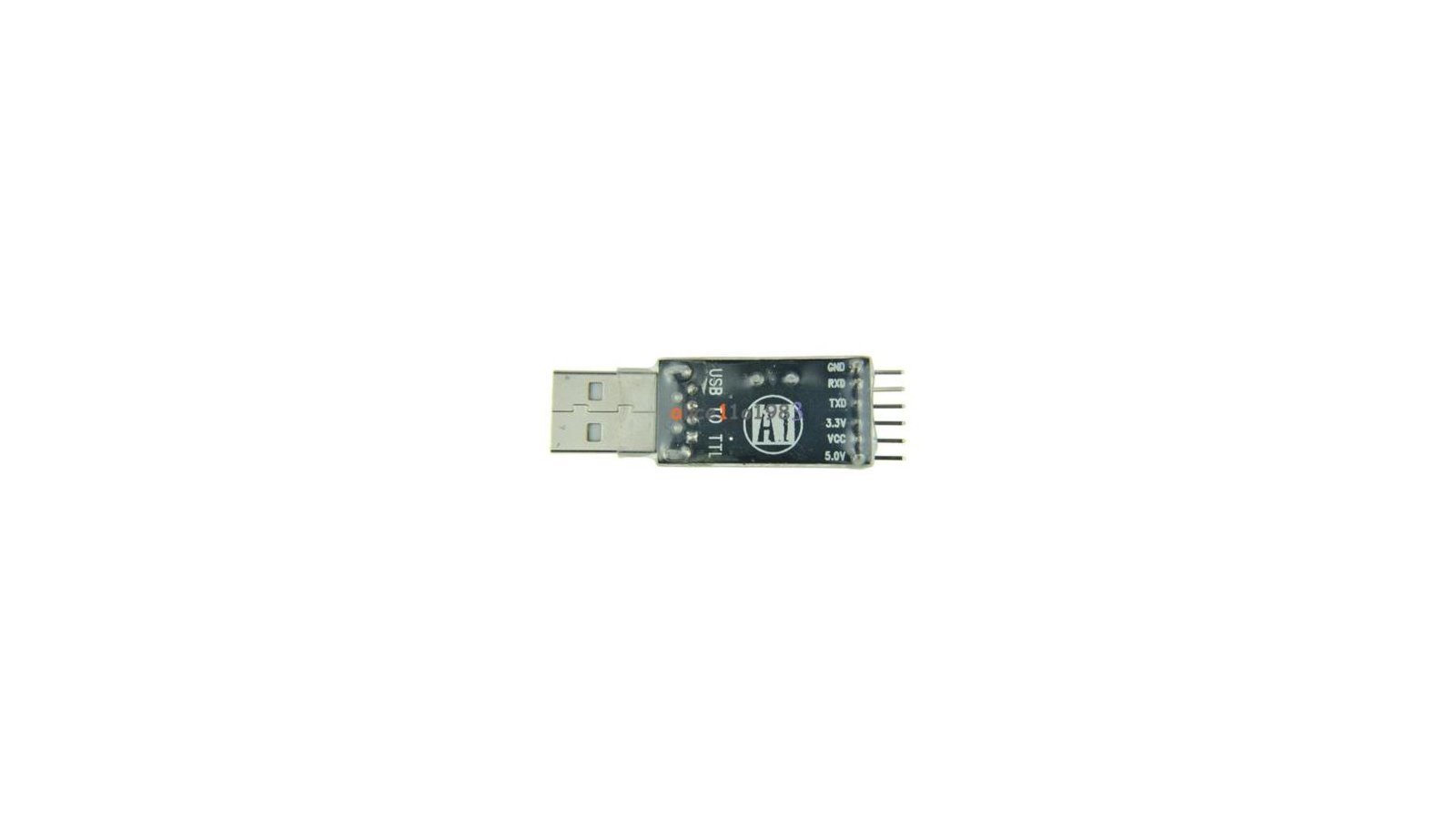
This plugs into your computer (USB port) and then connects to the right side of the Haasoscope (serial RX/TX). It also can power the Haasoscope. You need one of these if your computer doesn't have a serial port, which is almost all modern computers. Arduinos and Raspberry Pi's do talk serial though - you can use them to read out the Haasoscope without an adapter!
Want to buy this item? Check the current project page for the latest information.
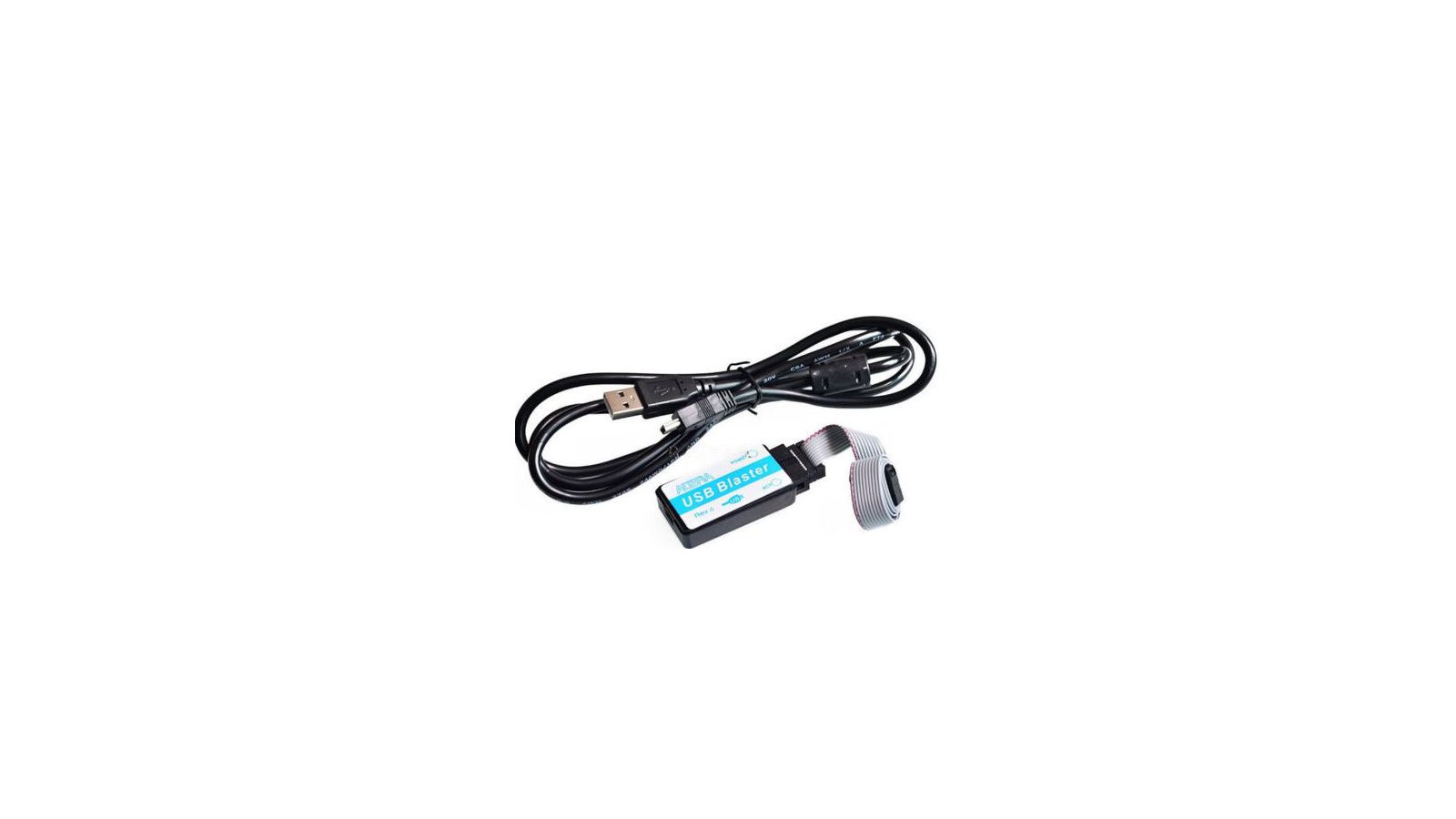
This lets you reprogram the Haasoscope FPGA firmware from either Windows or Linux using the free Altera Quartus II software via the JTAG connector.
Want to buy this item? Check the current project page for the latest information.
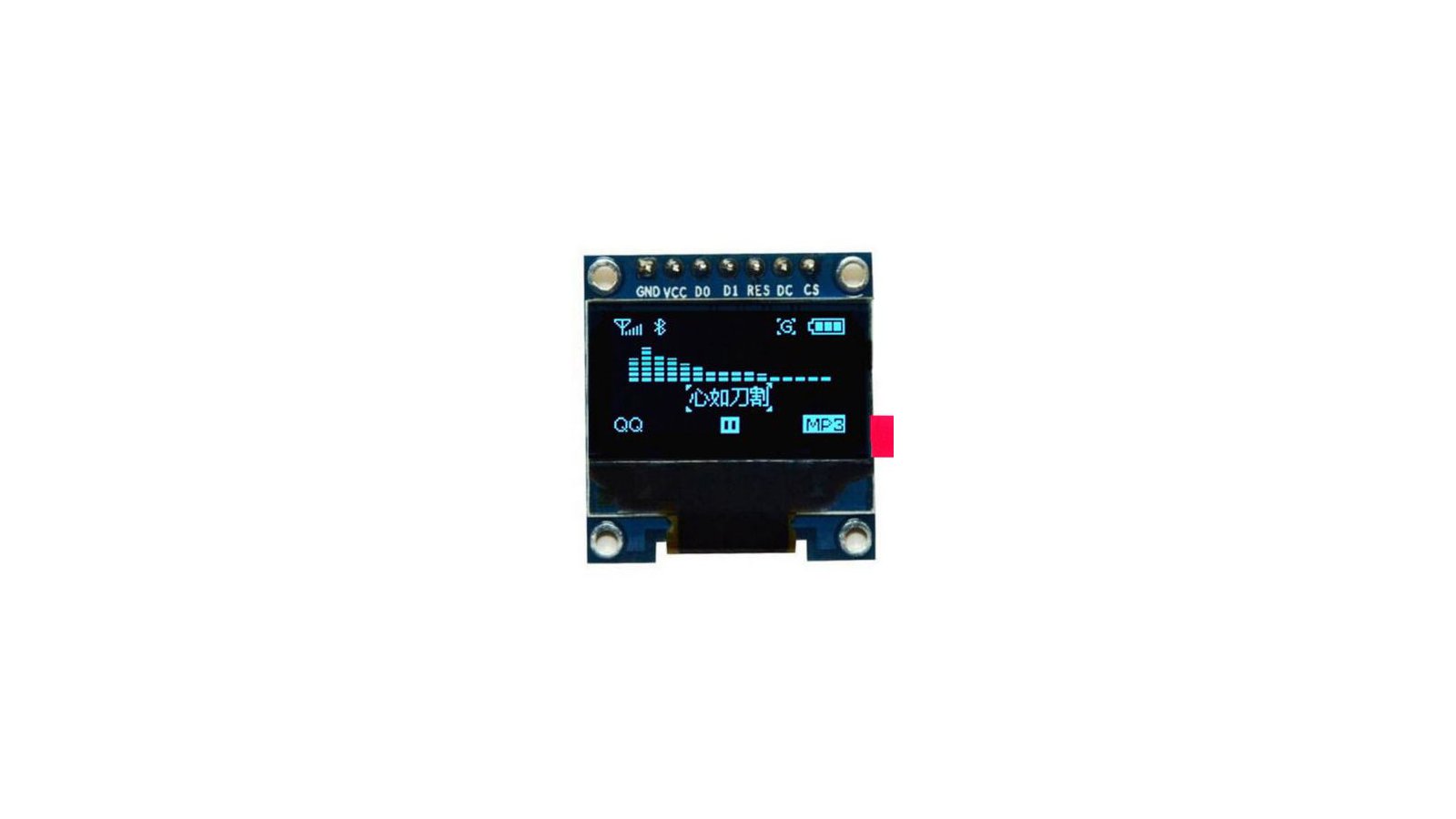
This is a 0.96" 128X64 pixel white OLED screen. It communicates with the Haasoscope over an SPI interface, and can show ADC data from a selected channel, or whatever you tell it to! It can plug directly into the header above the FPGA.
Want to buy this item? Check the current project page for the latest information.
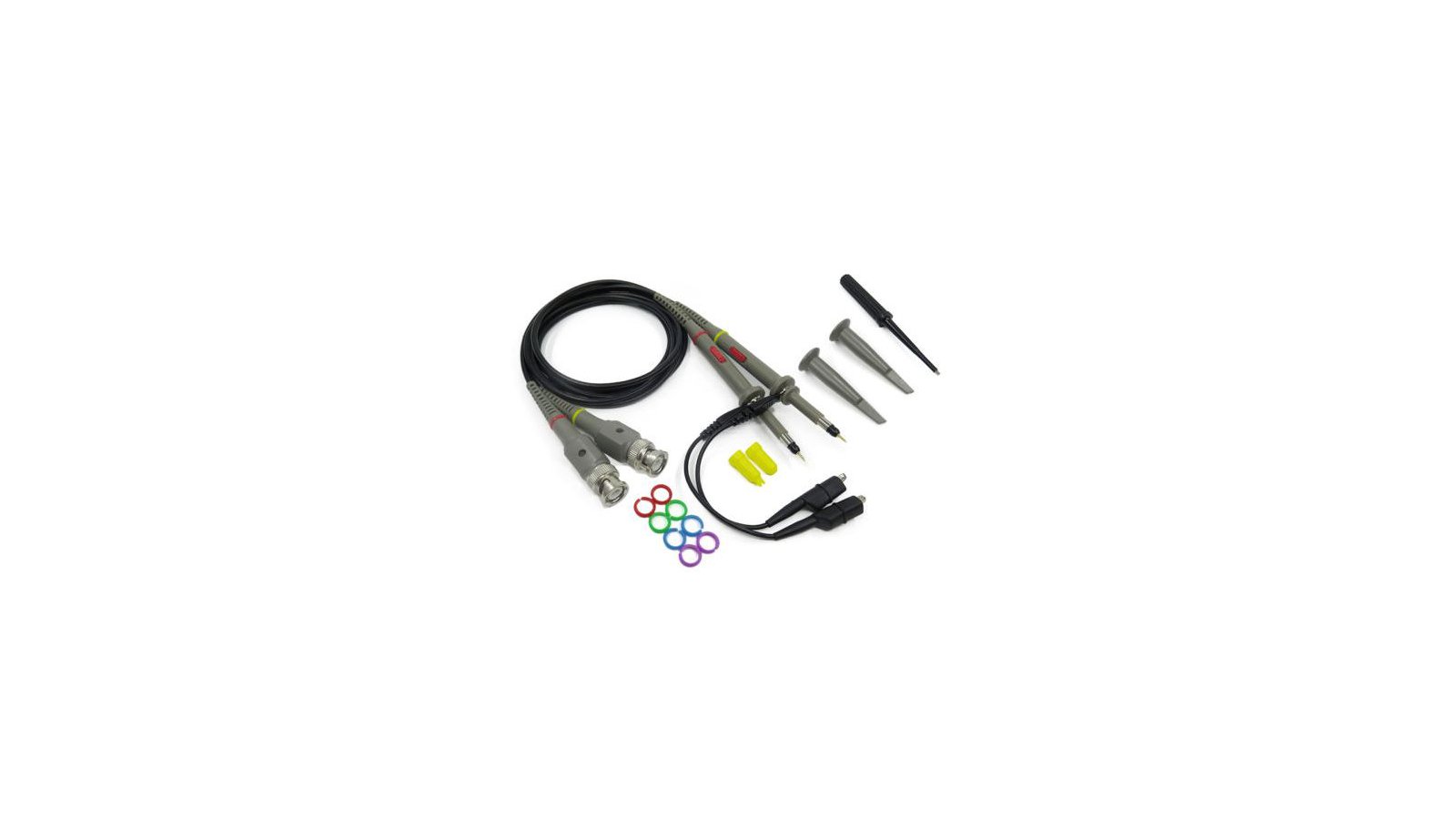
Two passive 100 MHz bandwidth oscilloscope probes for connecting to Haasoscope 100 MHz ADC inputs using BNC.
Want to buy this item? Check the current project page for the latest information.
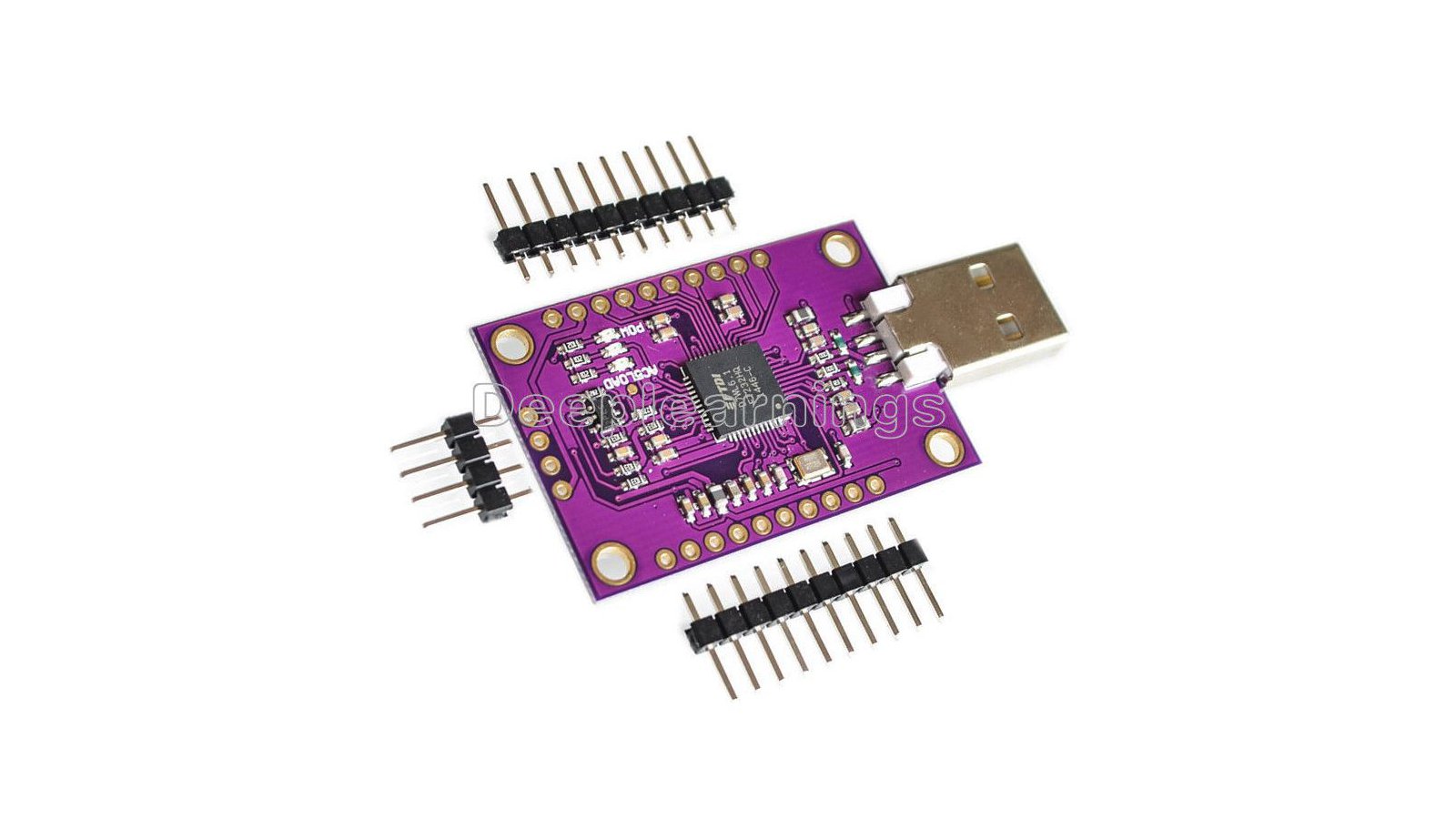
In case 1.5 Mb/s is not enough bandwidth for you, grab one of these boards and have high-speed USB2 output from a Haasoscope! Using just 8+2 digital outputs on the Haasoscope, you can get about 4 MB/s, about 20x faster than serial, and still use the same python readout code. It's supported in the stock firmware too! Using 8+4 digital outputs, you could in theory even get up to 40 MB/s using C++ readout code and the free FTDI USB libraries.
Want to buy this item? Check the current project page for the latest information.
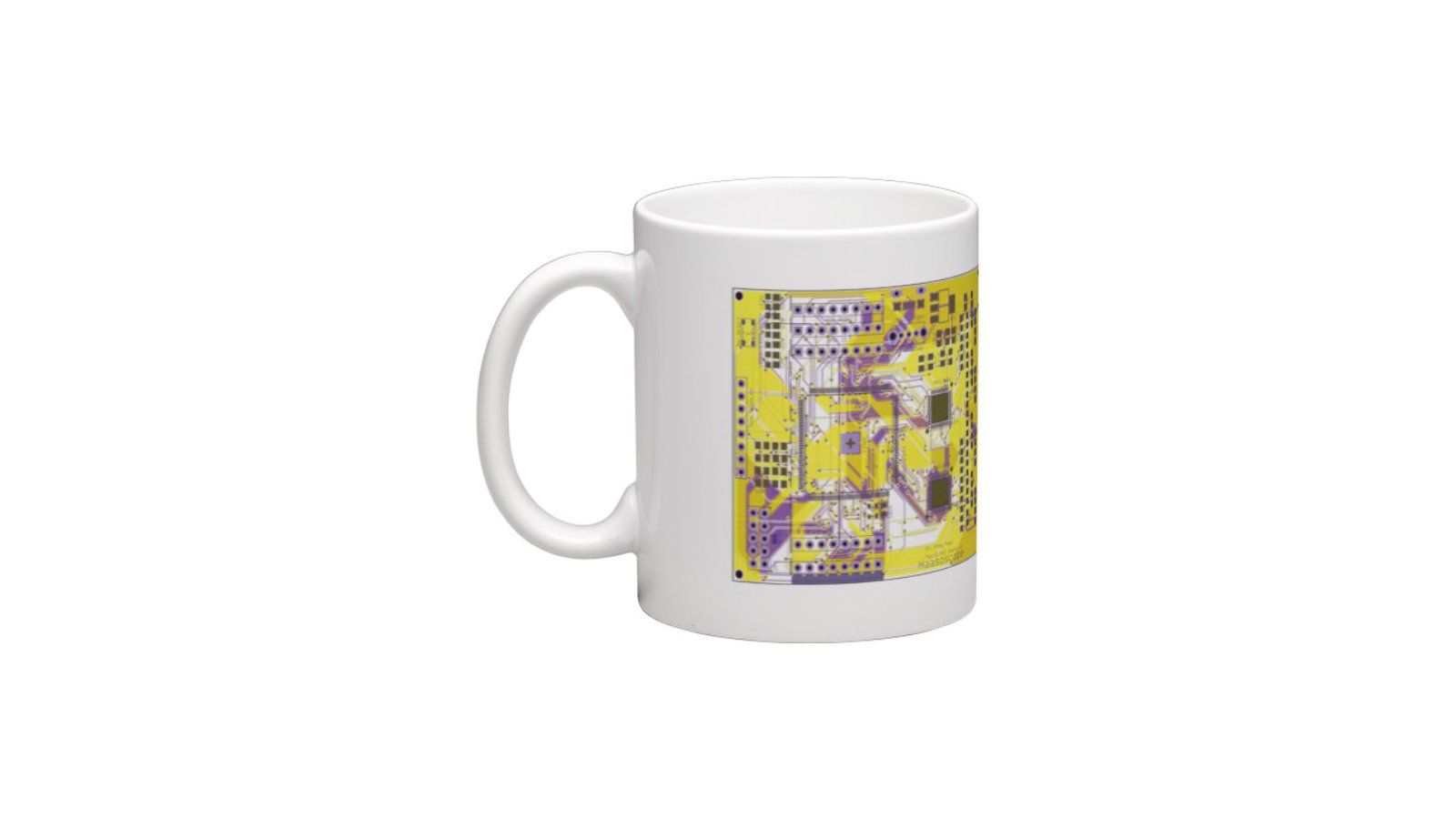
Drink your coffee in style and support the Haasoscope dream.
Want to buy this item? Check the current project page for the latest information.

New York, NY · as.nyu.edu/content/nyu-as/as/faculty/andy-haas.html
Professor of Physics by day and open-source/open-hardware tinkerer by night